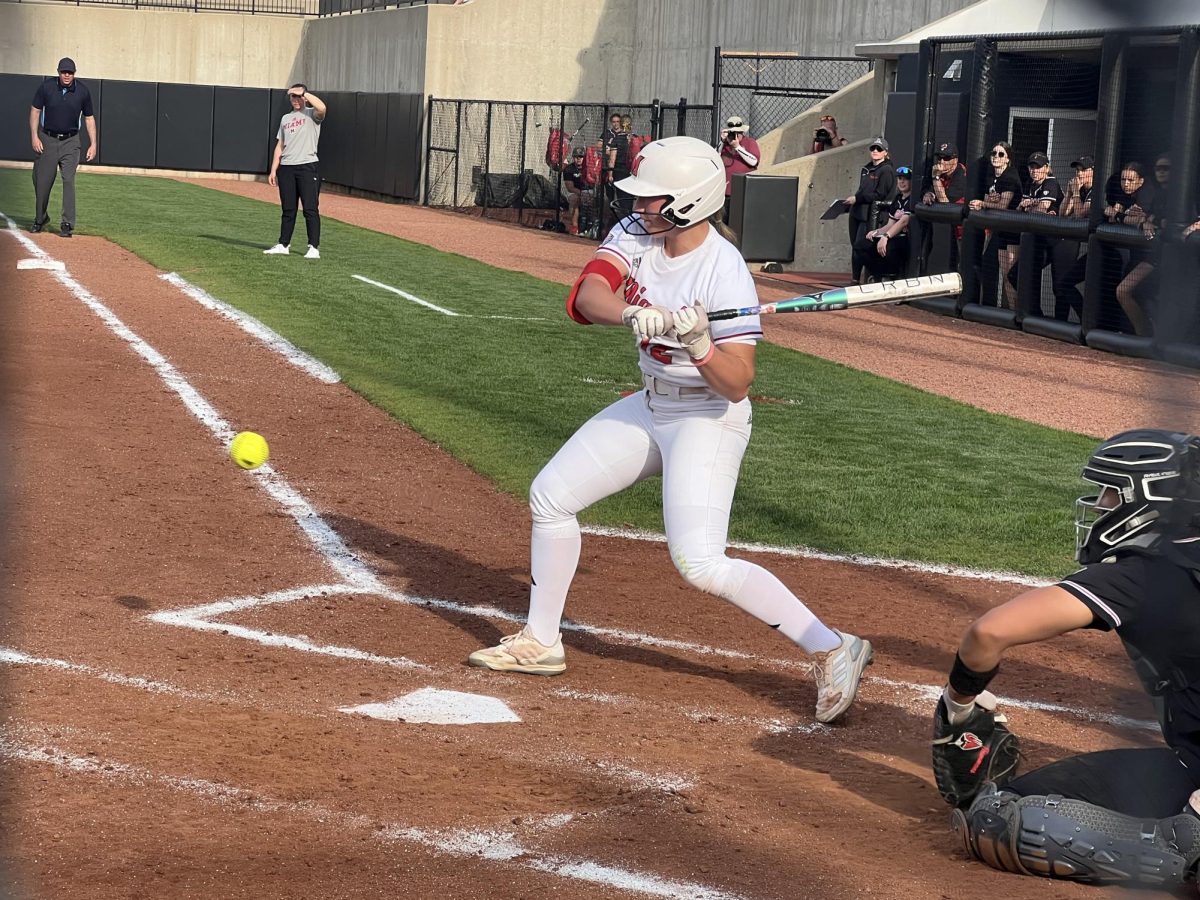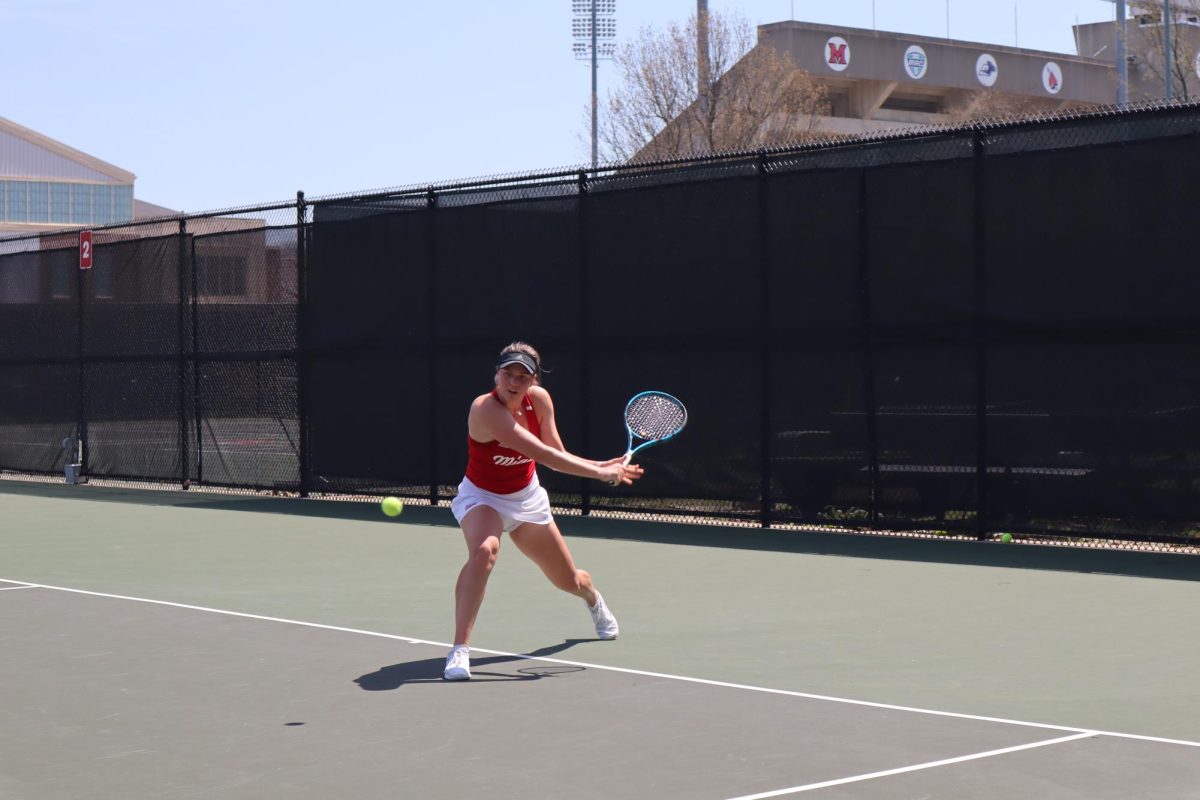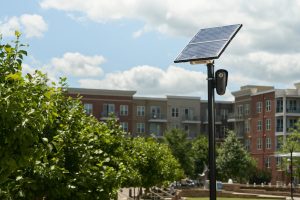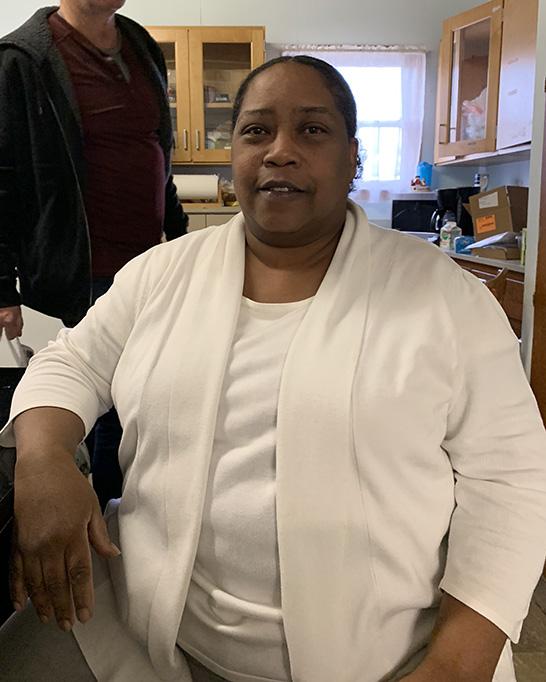The fall air feels fresh, crisp and clean. Rows of green produce stretch for three acres. Although the Miami University Institute for Food Farm is a stone’s throw from Yager Stadium, this oasis remains a mystery to many.
Across Oxford, people enter a white, rickety building on Withrow Street. The room is loud and slightly chaotic.
On the front door, a plastic sign reads, “Serving Residents of the Talawanda School District: Oxford Community Choice Food Pantry.”
A man with a kind smile greets people who enter. About 10 men and women walk through, picking up spaghetti, cereal and meat for the week.
Many of them also pick up armfuls of carrots, beets, and squash because there is no limit on how much produce you can take at the pantry.
What most of these food pantry clients do not know is that these vegetables come from Miami’s farm on Somerville Road. In fact, the farm donates about 100 pounds of fresh produce each week in season to the pantry, said pantry director Bob Ratterman.
Candace Roseman is the assistant to the director for customer service at the food pantry and also a client there. She has been involved with the pantry for years and said the fresh, local produce makes a big difference in its offerings.
“There was significant change a few years ago where we went about two years without fresh produce at all,” Roseman said. “However, for at least the last two years we have been getting tremendous amounts of fresh produce from Walmart, the Miami farm, and other individual farmers and people with gardens.”
More than 46 percent of Oxford residents live below the poverty line, according to U.S. Census Bureau estimates from July 2017.
And the Oxford food pantry serves almost 300 households every month.
“Eating local helps people reduce their carbon footprints,” said Ian Privitera, an operations assistant at the Miami farm. “If you think about eating produce that is grown on a farm in Peru using synthetics, shipping them to the United States, packaging them, shipping them to grocery stores … that is a huge carbon footprint process.
“Eating local is much more sustainable,” Privitera added.
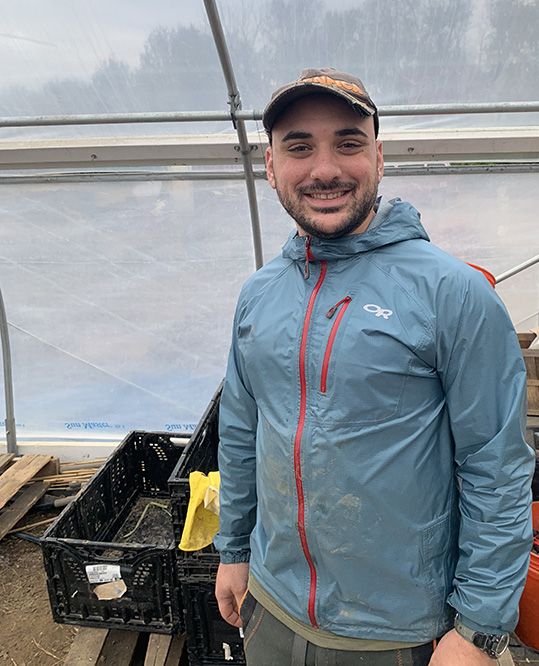
The Miami farm uses the intensive agriculture production system, which creates an abundance of produce from small acreage.
These donations become especially important to food pantry clients around the holiday season, Roseman and others said.
The Miami farm and its CSA program, which stands for community supported agriculture, are part of the Institute for Food. The institute – founded by Marguerite Shaffer, Ph.D., a professor of history and American studies – also does research into food security, food culture and sustainable agriculture.
The current produce is grown organically, but not certified organic.
“I think our focus should be on local farming with sustainable practices,” said Privitera.
One of the problems with eating locally and sustainably in rural America is the price of the produce. Tom Farley, co-author of the book “Prescription for a Healthy Nation,” told ABC News in March, “The relative availability of healthy versus unhealthy items is way out of whack, so people have much more availability of unhealthy foods.”
The Oxford Choice Food Pantry offers a way for people who qualify to enjoy free fresh produce.

Ratterman, director for five years, says the Miami farm donates several bins of produce every week.
“At first, Renate Crawford (wife of Miami President Greg Crawford) bought a subscription to the CSA and would donate the food to us every week,” Ratterman said. “But after that, the farm started donating stuff to us without one. Every week we get huge bins filled with veggies and they vary but we normally get at least a hundred pounds of produce every week.”
Roseman said the holiday season is the busiest time of year at the food pantry and they see a lot of people who do not come most of the year.
“I have definitely used some of the produce from the farm,” Roseman says. “It makes a tremendous difference to have the option of onions, garlic and other veggies to have healthier options for casseroles and such around the holidays.”







